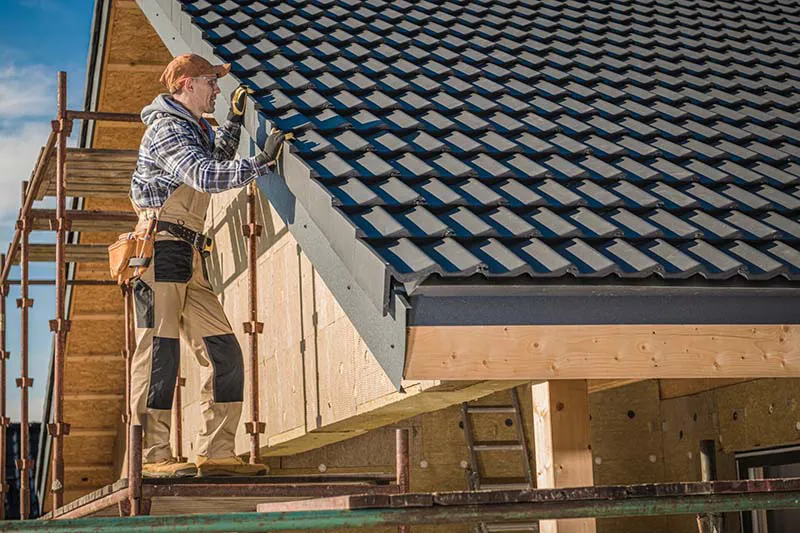Cool roofs have become a focal point in modern construction and renovation due to their energy-saving properties. As the world leans towards sustainable solutions, understanding the intricacies of cool roofs becomes paramount.
The Essence of Cool Roofs
Cool roofs are designed based on the principle of solar reflectance. This refers to the roof’s ability to reflect sunlight and its associated heat. The primary determinant of whether a roof is cool or not is its surface solar reflectance, which is the measure of the roofing product’s ability to reflect sunlight. This is especially crucial for the outermost layer of the roof that is directly exposed to the sun.
Pathways to Achieving a Cool Roof
The Roofing Center, a leading roofing service in Fort Collins CO, emphasizes that cool roofing products are typically priced similarly to their conventional counterparts. For those constructing a new building or replacing an existing roof, opting for a cool covering is a straightforward choice. However, retrofitting certain roofing products with cool coatings might involve additional costs.
The Impact of Color
White roofing materials are known to reflect about 60-90% of sunlight, making them exceptionally efficient. But advancements in technology have introduced “cool colored” products. These products, even if dark, are designed to reflect a significant portion of sunlight, especially the invisible “near infrared” radiation. This ensures they remain cooler than traditional dark-colored materials.
Diverse Products for Different Roof Slopes
Steep Roofs (Pitch > 2:12)
- Asphalt Shingles: Comprising a fiberglass web coated with filled asphalt, these shingles are overlapped for water shedding. For a cool option, The Roofing Center recommends asphalt shingles surfaced with light-colored or cool-colored granules.
- Wood Shingles and Shakes: These naturally cool-colored materials are either machine-sawn (shingles) or hand-split (shakes).
- Polymer Shingles: Resembling traditional shingles, these synthetic options are overlapped to cover the roof. Opt for those factory-colored with light or cool-colored pigments.
Low-Sloped Roofs (Pitch ≤ 2:12)
- Single-ply Membranes: These prefabricated sheets are rolled onto the roof and held in place using various methods. For a cool roof, choose membranes factory-colored with light or cool-colored pigments.
- Built-up Roofs: These roofs have multiple layers, including a base sheet, fabric reinforcement, and a surface layer. To make them cool, one can choose a cap sheet with a factory-applied reflective mineral surface or coating.
Green Roofs: A Sustainable Alternative
Apart from the traditional cool roofs, green roofs have emerged as a sustainable alternative. These roofs are characterized by the presence of vegetation. They not only manage stormwater but also create a visually appealing rooftop space. However, they require a robust underlying structure to support the additional weight and regular maintenance.
Making the Decision
When contemplating the installation of a cool roof, consider factors like the local climate, the insulation of the roof assembly, and the efficiency of your heating and cooling system. If you’re in the Fort Collins area and need guidance, Fort Collins roofing contractors like The Roofing Center can provide expert advice.
Cost, Climate, and Moisture Considerations
While cool roofs can offer significant energy savings in hot climates, they might increase energy costs in colder regions. It’s also essential to consider moisture control, especially in warm, humid areas where mold or algae growth can be a concern.
In Conclusion
Cool roofs are an excellent investment for those looking to enhance energy efficiency and sustainability. With various products available, homeowners and businesses can find a solution that fits their needs. If you’re considering a cool roof, consult with a roofer from Fort Collins, such as The Roofing Center, to ensure you make an informed decision.
>







